Ashitaba (明日葉)
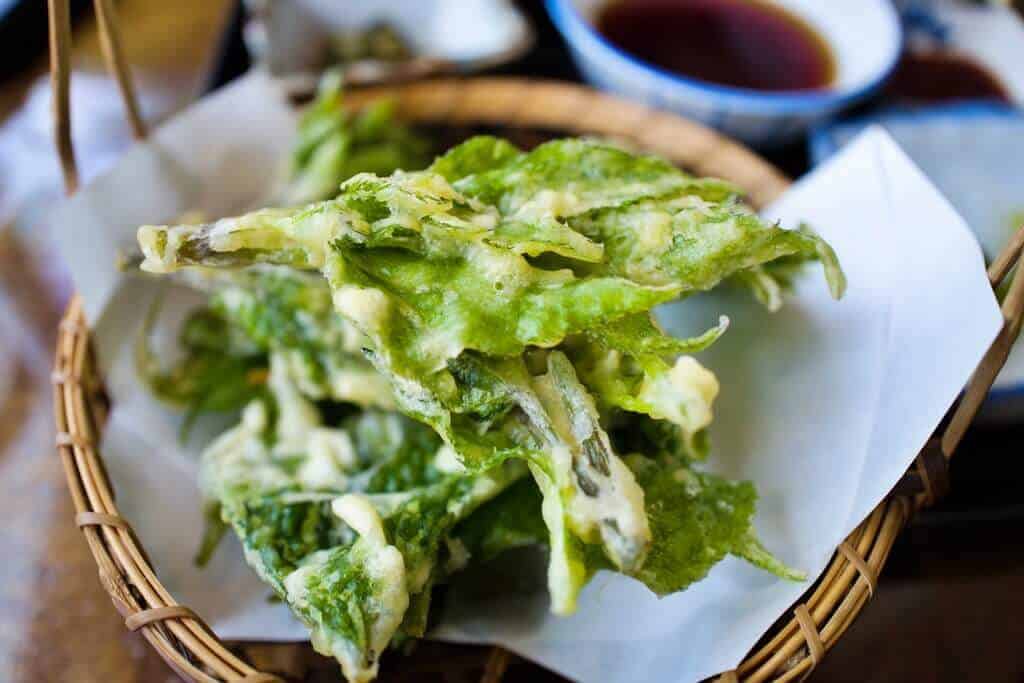
With its fascinating history steeped in folklore and its reputation for incredible vitality, Ashitaba has captured people’s imagination for centuries. Believed to hold the key to eternal youth and longevity, this perennial herb has found its place in traditional medicine and modern health trends. Join us on a journey to uncover the mysteries and benefits of Ashitaba, from its legendary origins to its uses in contemporary cuisine and wellness practices.
What is Ashitaba?
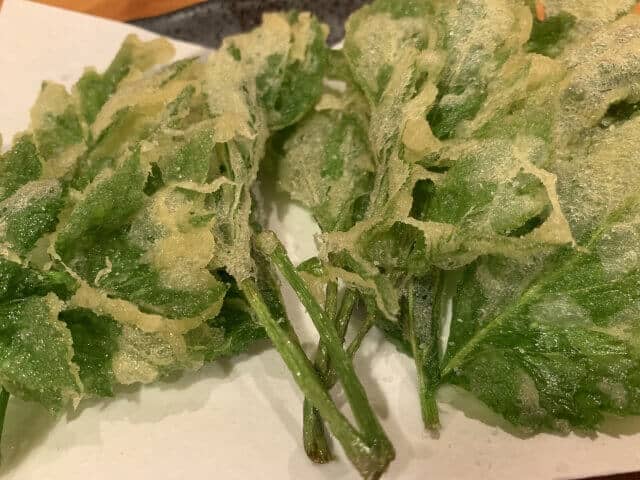

Ashitaba is a plant native to Japan that belongs to the Angelica family. Known as “Tomorrow’s Leaf” or “Angelica keiskei.” Ashitaba is traditionally valued for its medicinal properties and has been used in Japanese traditional medicine for centuries. It grows wild in the southern part of the Kanto region and westward, from the Boso Peninsula to the south of the Kii Peninsula (Pacific side) and the Pacific coast of the Izu Islands and Ogasawara Islands. Famous for its distinctive appearance, with large, serrated leaves that are bright green in color. It contains various nutrients, including vitamins, minerals, and antioxidants. Some of the reported health benefits of this leaves include promoting digestion, boosting the immune system, reducing inflammation, and improving skin health.
Ashitaba History
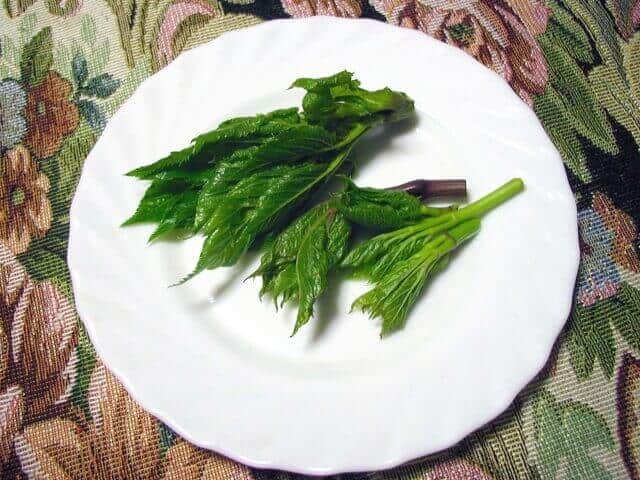

Ashitaba, also called Hachijogusa, is a plant that belongs to a family of herbs and has a distinctively bitter taste. Its name reflects its incredible vitality, as new buds grow back the very next day even if you pick them today. Legend has it that a long time ago, Qin Shihuang, an ancient Chinese emperor, received word of a miraculous herb for eternal youth and longevity from the east sea, which was believed to be the “tomorrow leaf.” During Japan’s Edo period, it was described in “Yamato Honso” by Ekiken Kaibara as a medicinal herb grown on Hachijojima island, renowned for its nourishing and tonic properties. People mainly harvest and consume the young shoots of this plant.
Ashitaba’s Health Nutrition
Here, let’s look at the calories and nutrition of Ashitaba. The values per 100g of raw Ashitaba (stem and leaves) are as follows.
・Calories: 30kcal
・Vitamin C: 41mg
・β-carotene: 5300μg
・Dietary fibre: 5.6g
・Folic acid: 100μg
Vitamin C is a water-soluble vitamin that produces collagen in the body and has an antioxidant effect. Beta-carotene has the effect of suppressing the action of active oxygen.
Dietary fibre is a nutrient that cannot be digested by human digestive enzymes. It has useful bodily functions, such as regulating the intestinal environment, and is attracting attention as the “sixth nutrient.”
Folic acid is an essential nutrient that functions as a coenzyme to synthesize DNA necessary for cell proliferation and is involved in the growth of the body.
Ashitaba’s seasonal and primary production areas
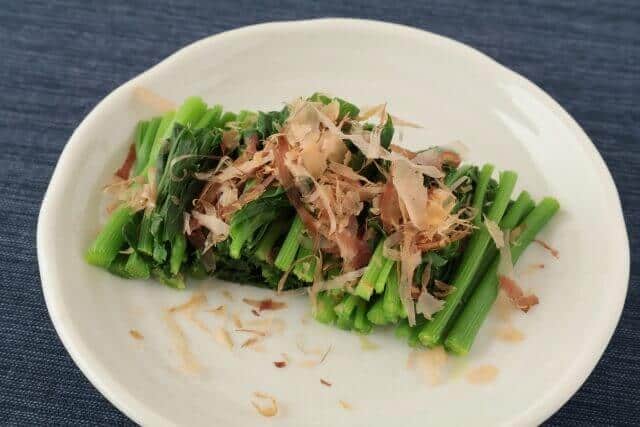

Ashitaba is a plant native to Japan, growing naturally on the Boso Peninsula, Miura Peninsula, and the Izu Seven Islands. Also called “Hachijo grass” because it is often eaten, especially on Hachijo Island. In recent years, cultivation has also been promoted in the suburbs of Tokyo. The season is from February to May, when new buds appear, and shipments peak around March. You don’t often see them in supermarkets, but you may find them lined up at direct sales stores during that time of year.
How to eat Ashitaba?
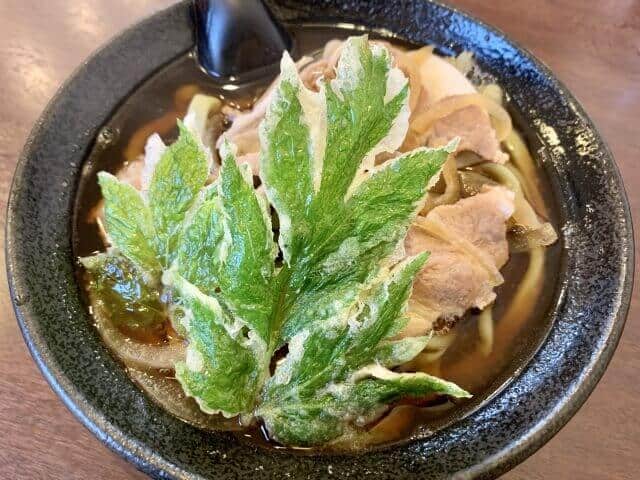

The leaves and stems of Ashitaba are edible, and the young leaves are mainly eaten. The leaves have a refreshing aroma typical of vegetables in the umbellifer family and a slight bitterness. The stems are not very curly; when boiled, they have a texture similar to asparagus. If you are concerned about the texture of your food, you can make it easier to eat by cooking it differently.
Young leaf tempura is a standard way to eat because it goes well with oil. When preparing other dishes, parboiling will soften the bitterness and aroma. Cut the stems and leaves and soak the stems in boiling water for about 1 minute. Boil the leaves until just tender. Parboiled Ashitaba can be used in various dishes, including stir-fries, Hitachi, and lemons. It contains a variety of nutrients, and is also used as an ingredient in green juice. It is also famous as Ashitaba tea in the Izu Seven Islands, where it is native.
How is Ashitaba used?
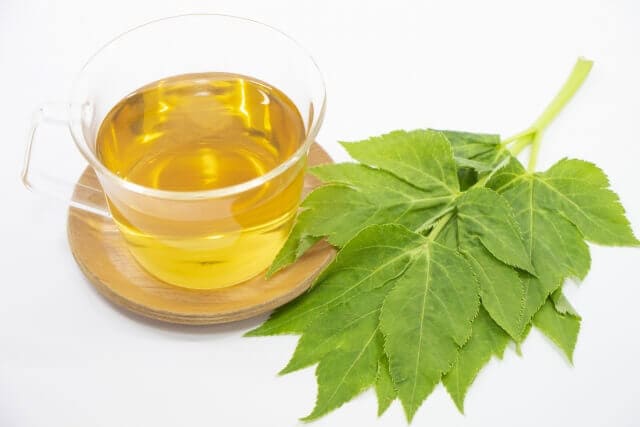

Ashitaba, a versatile and nutritious plant, finds its way into various culinary creations and dishes across Japan. One popular method of utilizing ashitaba is through the preparation of ashitaba tea, known for its refreshing taste and potential health benefits.
Additionally, ashitaba leaves are often incorporated into dishes like Kusaya with mayonnaise, adding a delightful green touch to dining tables in hotels and restaurants across the island.
Ashitaba Udon is another favorite, where the vibrant leaves enhance the flavor of the noodle soup. For those with a sweet tooth, ashitaba cheesecake offers a unique twist on a classic dessert, infusing it with the plant’s distinctive flavor.
And let’s not forget ashitaba tempura, a beloved dish where the leaves are lightly battered and fried to perfection, commonly served with udon or soba noodles or enjoyed simply with a sprinkle of salt or salt for a crispy, flavorful treat.
Ashitaba FAQ
- How do you choose Ashitaba?
-
Choose Ashitaba, which has glossy leaves and a dark colour. As it loses its freshness, it becomes yellowish. Also, those with thick stems can be tough, so it is best to choose thin and juicy ones. Also, make sure that the cut ends are not dry or discoloured.
- How to store Ashitaba?
-
Store Ashitaba properly to prevent it from drying out. Wrap in damp kitchen paper and place in a plastic bag. Store it upright in the refrigerator. The approximate storage period is approximately 5 days.
Ashitaba Ohitashi Recipe
Ashitaba Ohitashi Ingredients
| Ingredients for 2 persons | Measurements |
|---|---|
| Ashitaba | 50g |
| White soup stock | 10g |
| Salt | 4g |
How to make Ashitaba Ohitashi?
Boil plenty of water in a pot and add salt.
Remove the tough parts from the roots of the leaves, then soak the roots and stems in hot water from step 1 and boil for 30 to 50 seconds. Then add all the leaves to the hot water and boil for 1.5 to 2 minutes.
Wash the leaves in cold water, squeeze out the water, and cut into 3cm lengths.
Squeeze out the water again, toss everything with white soup stock, and serve in a bowl.
Where to buy Ashitaba?
Genpachi Sendo (源八船頭 新小岩店)
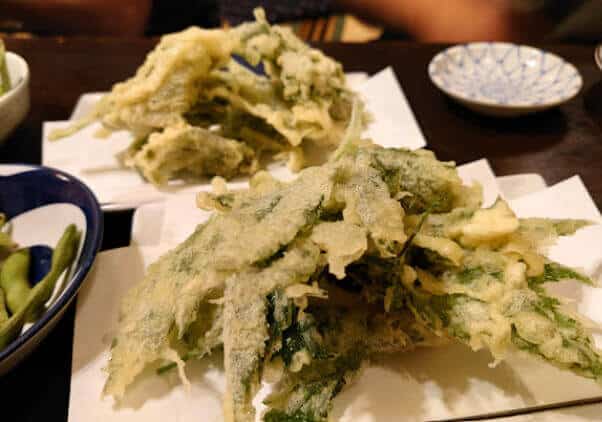

In this store, you can order Ashitaba leaf tempura. Their Ashitaba leaf tempura is very filling. They make it fried crispy and have a good texture. If you eat it with salt, you can eat as much as you want.
Meshi and Sake Takahiro (めしと酒 高ひろ)
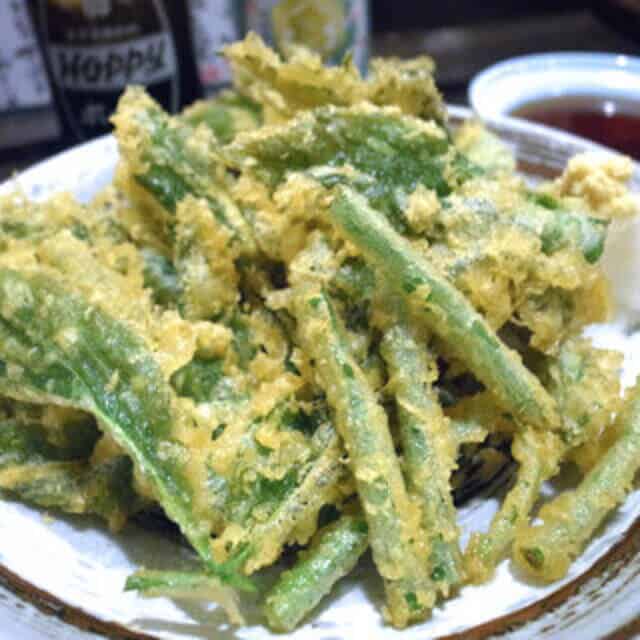

The ashitaba placed at the back of the bowl is freshly fried and has a crispy texture, not soaking in the soup. The noodles are newly boiled raw soba noodles. It also comes with tempura dipping sauce and is delicious even when eaten with salt or soy sauce.
Final Thoughts
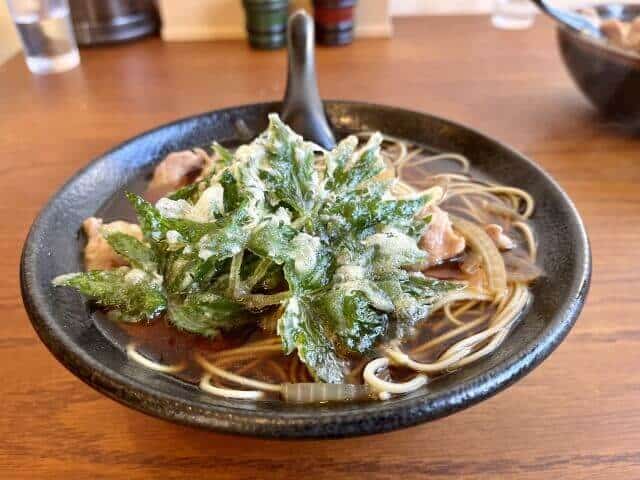

From its ancient origins shrouded in legend to its modern-day applications in cuisine and wellness, Ashitaba continues to intrigue and inspire. Whether you’re drawn to its tales of eternal youth or seek to enhance your well-being naturally, consider trying Ashitaba. With its unique flavor and potential health perks, adding a touch of Tomorrow’s Leaf to your life might be the refreshing change you’ve been looking for.
You can try out other Japanese dishes we recommend below!
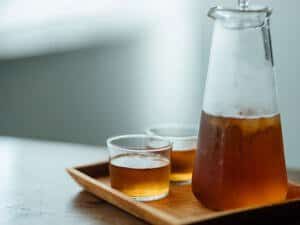

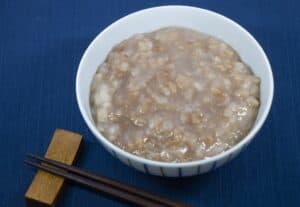




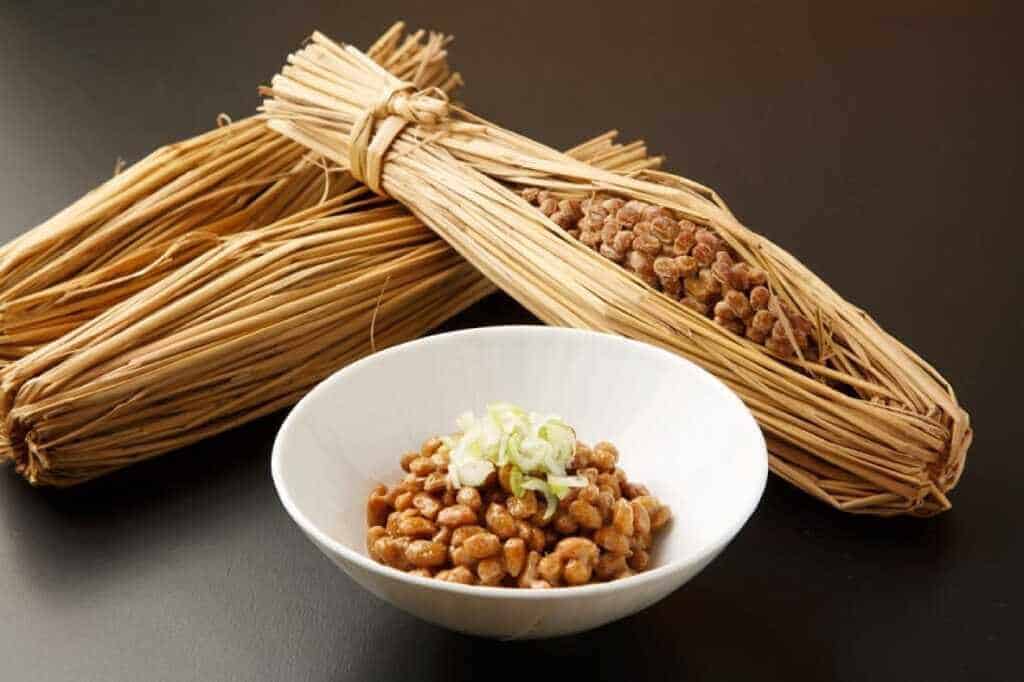


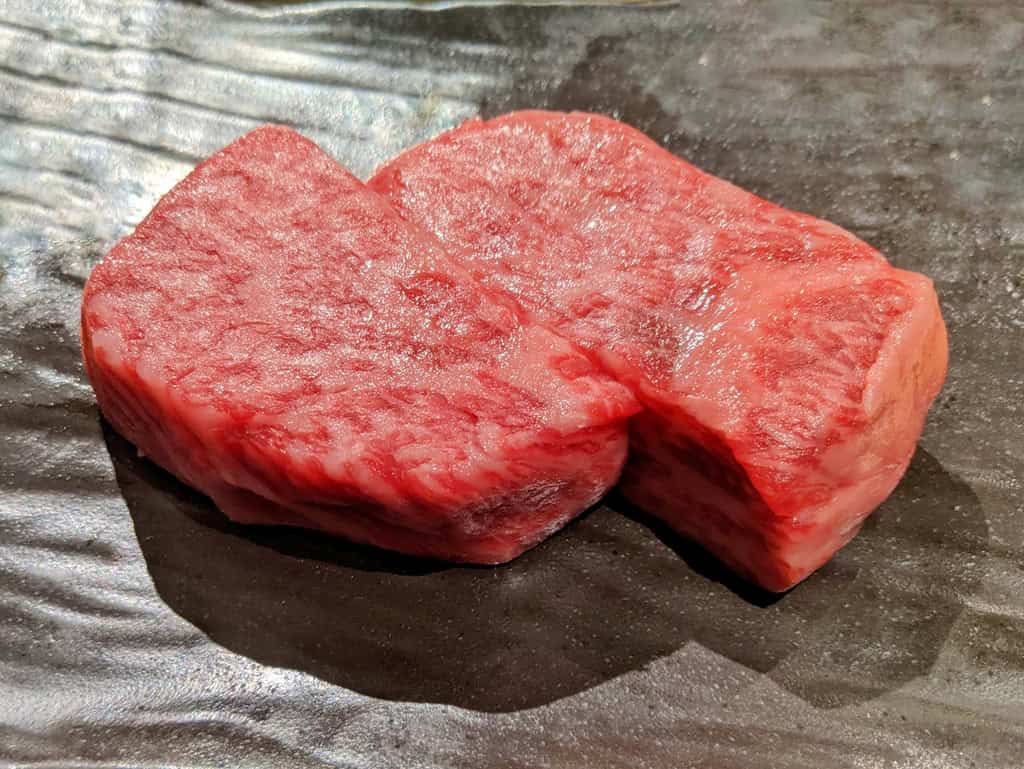
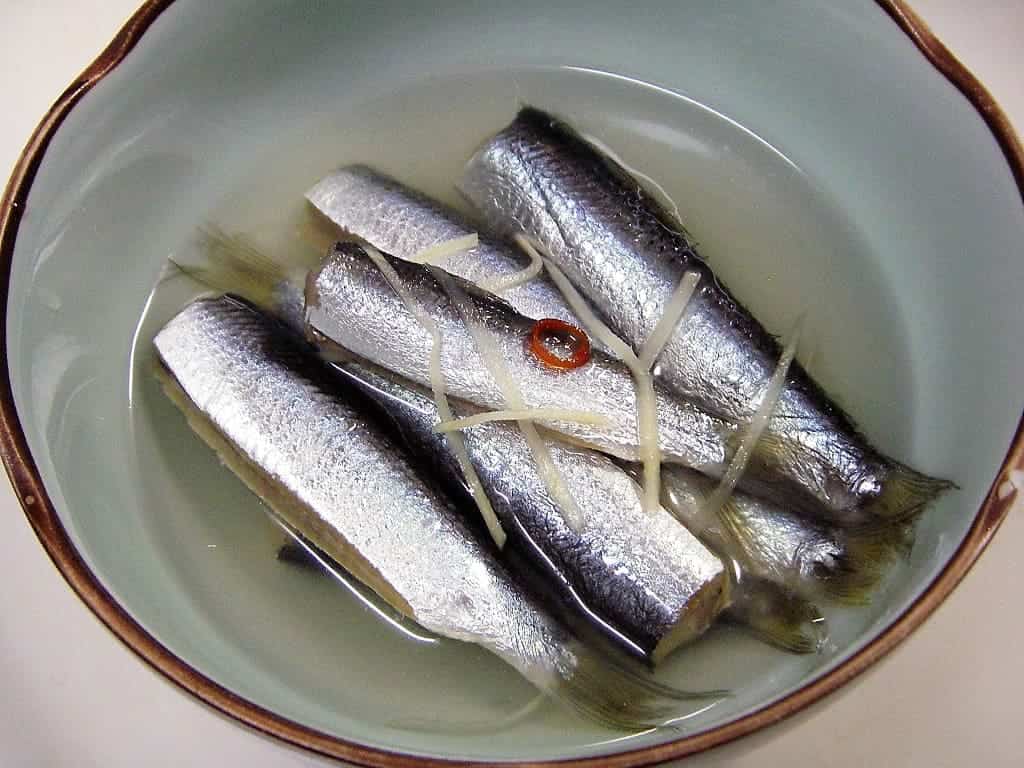

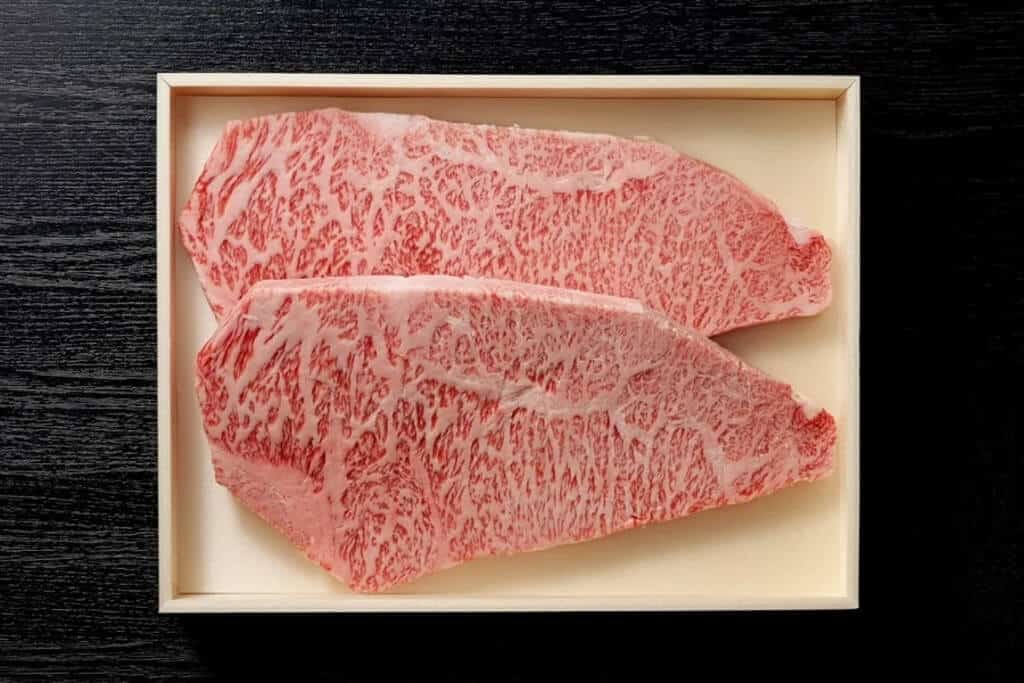
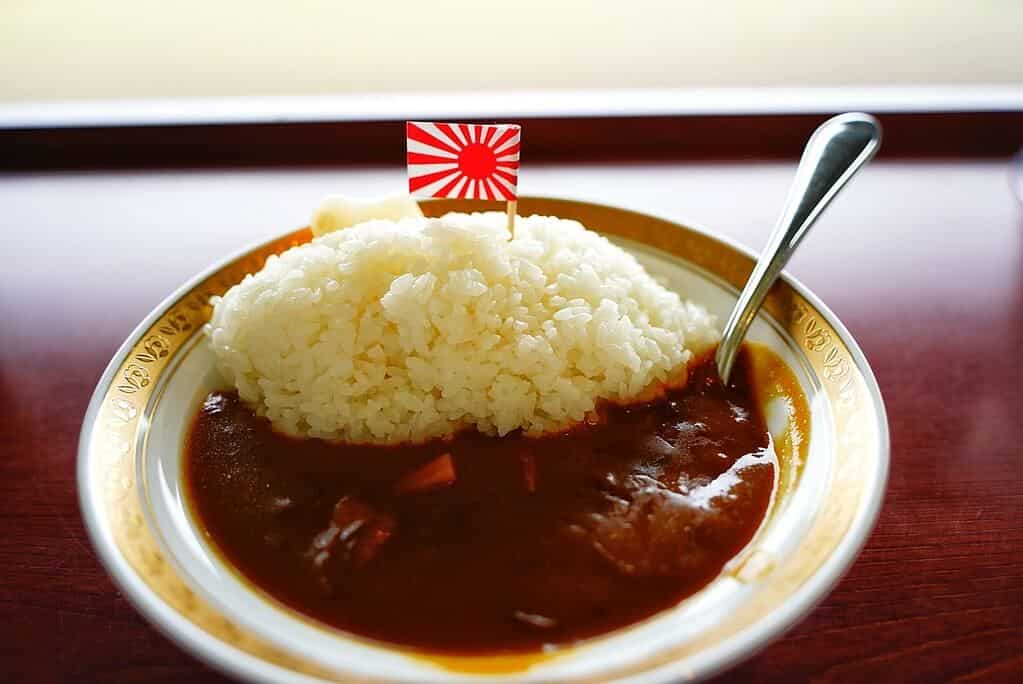

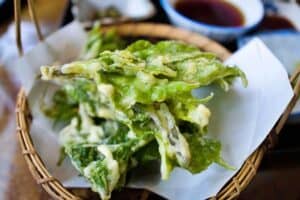
Comments